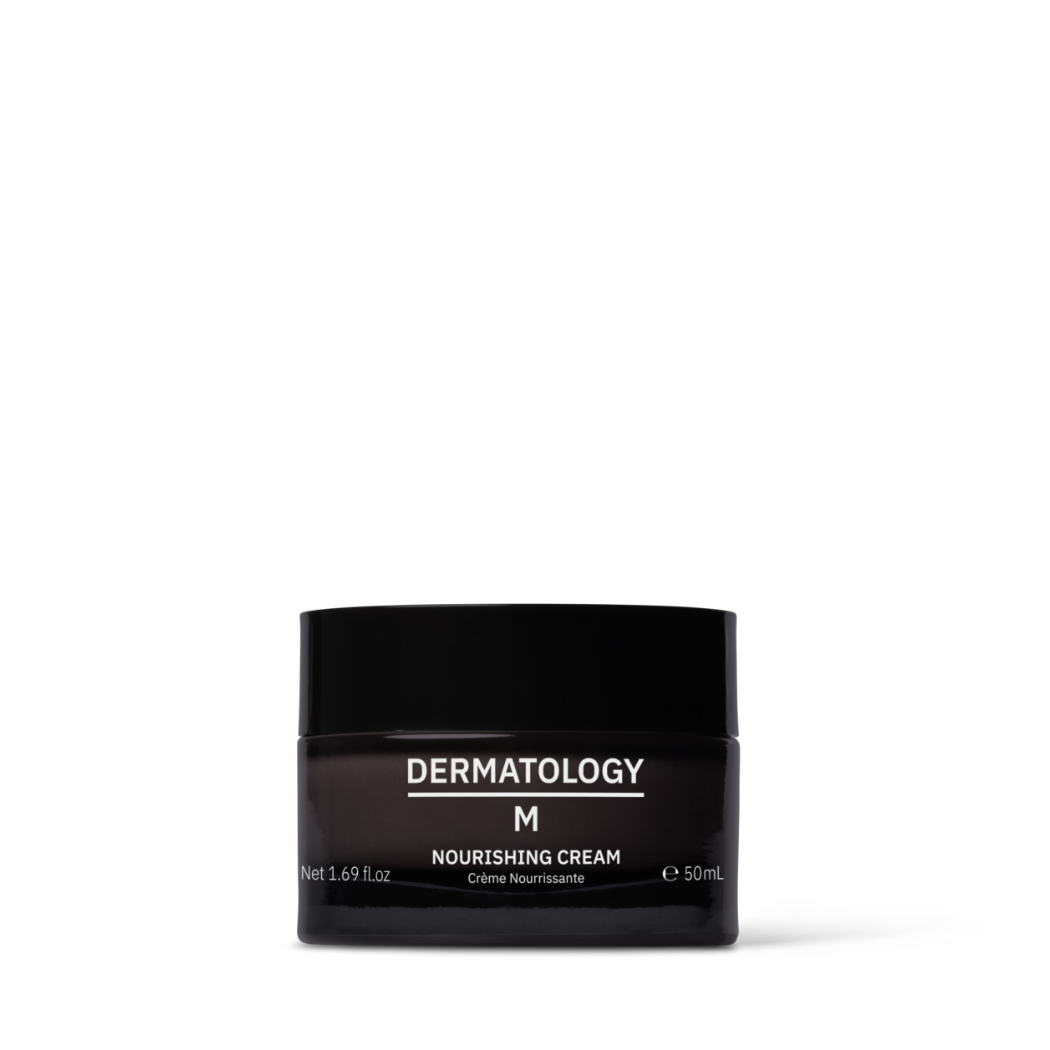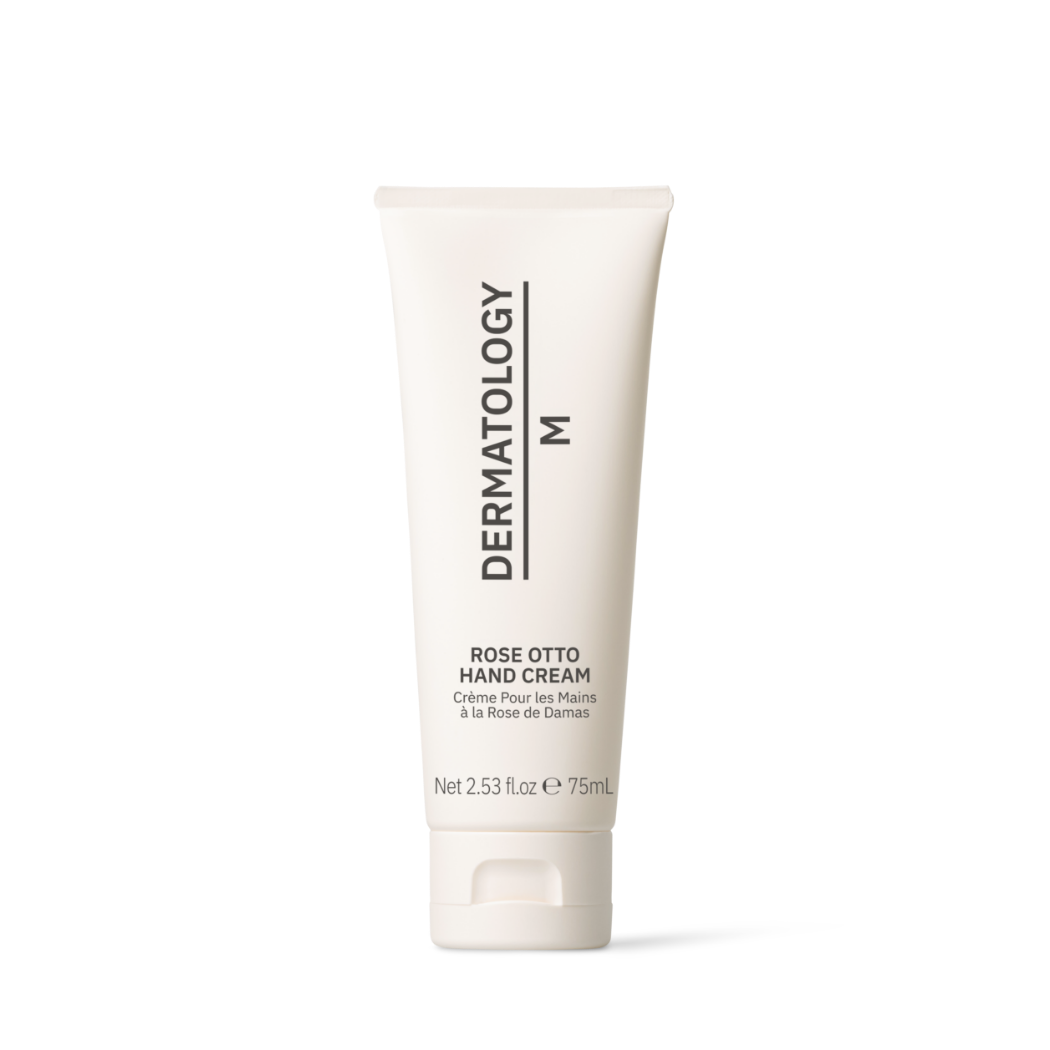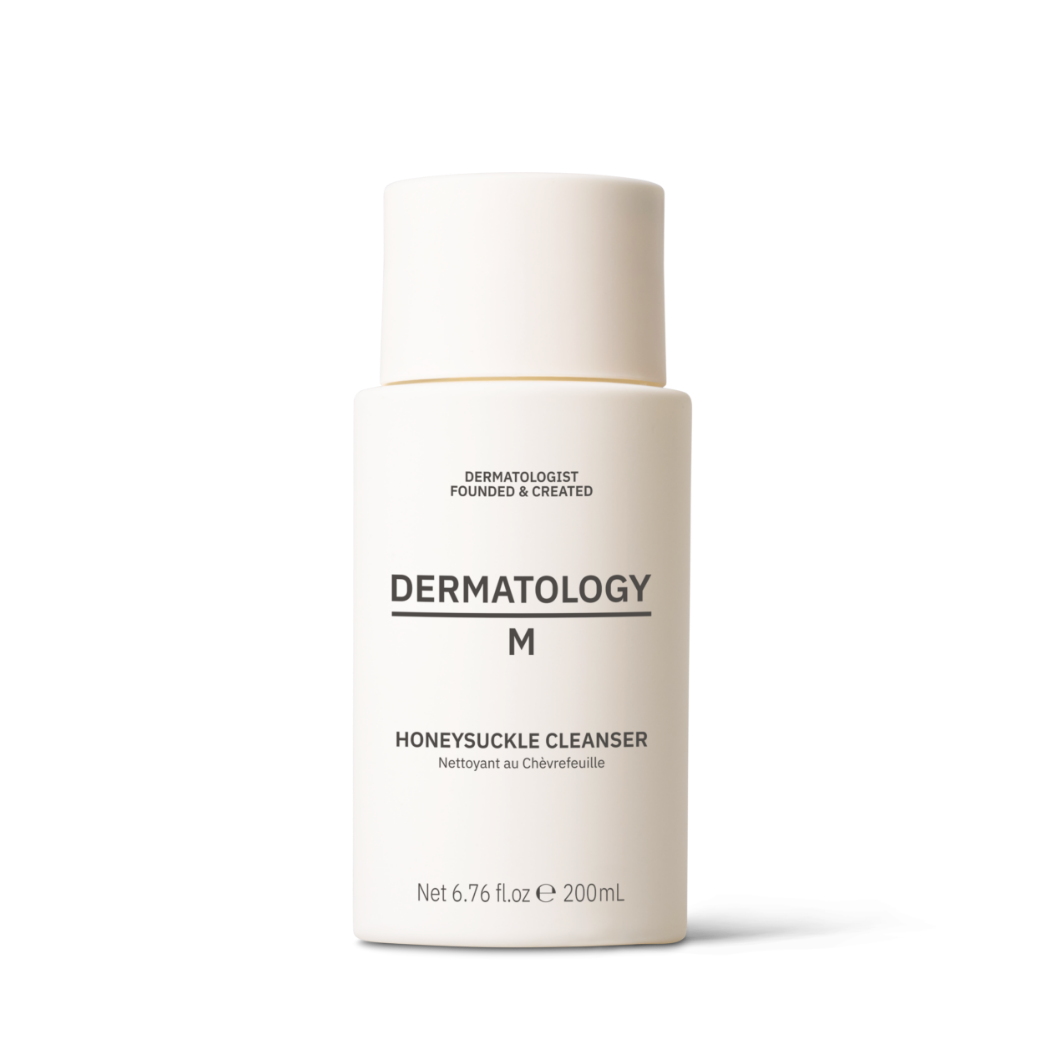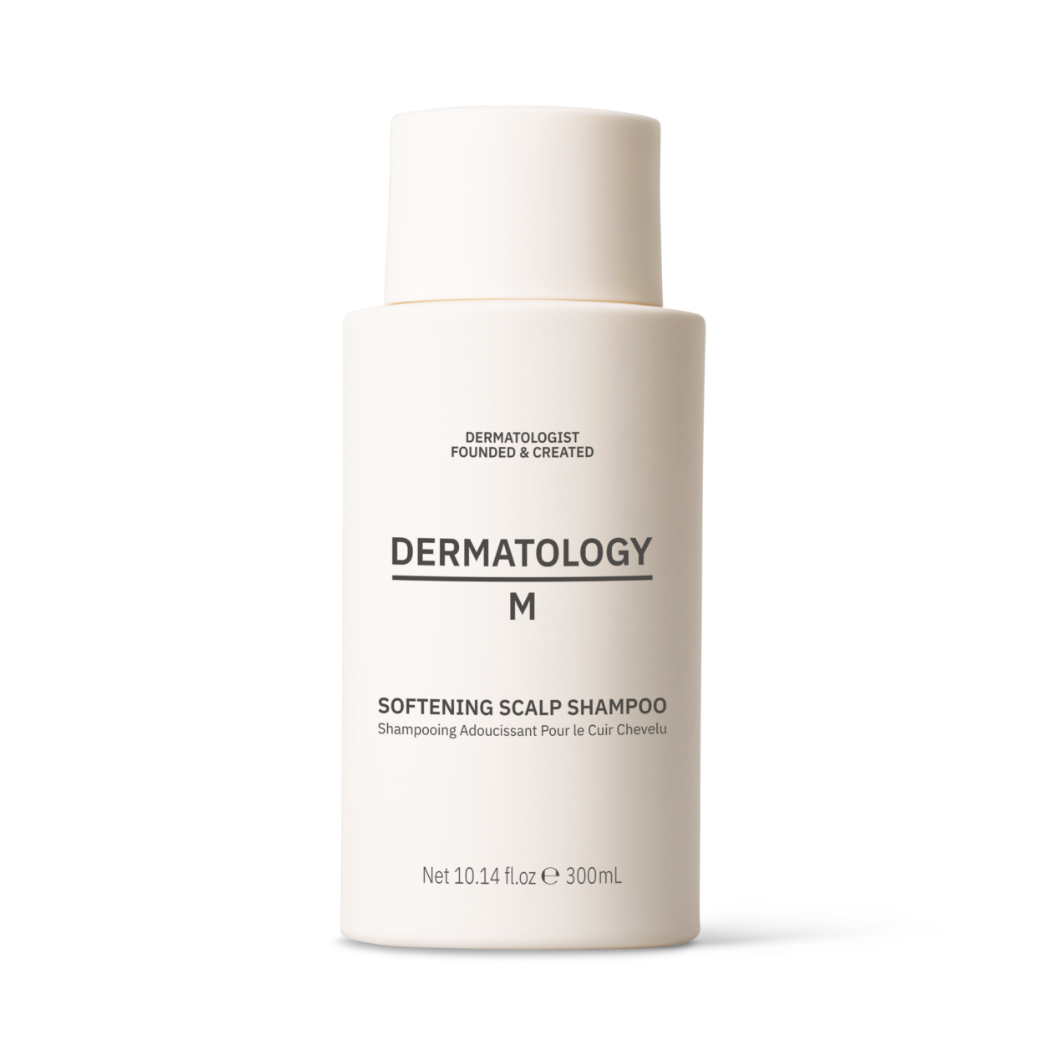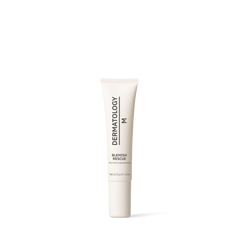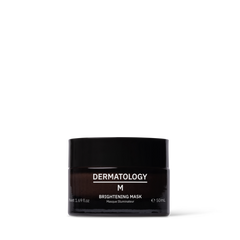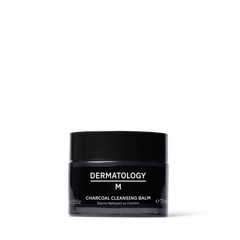Hyperpigmentation - irregular patches of discoloured skin or dark spots - is one of the most common skin concerns. It can be temporary or more permanent and primarily affects the face and neck, though may also appear on shoulders, hands and legs.
What causes hyperpigmentation?
Hyperpigmentation is caused by excess melanin production, brought on by several internal and external triggers: - Unprotected UV exposure - the no.1 cause. We produce melanin to help protect skin from UV. Certain medications and professional-grade facial peels further heighten sun sensitivity and melanin production.
- Pollution. If not properly cleansed from skin, pollution particles can irritate, inflame and trigger melanin production.
- Hormonal change (Melasma/Chloasma). Brought on by pregnancy, contraceptives, hormone replacement therapy and even some thyroid issues.
- Skin trauma. Picking acne, eczema flare-ups, contact dermatitis and even cuts to the skin can cause inflammation, scarring and then dark patches or spots.
- Stress. The stress hormone cortisol is a known melanin trigger.
What are the different types of hyperpigmentation?
- Freckles. Genetically determined, freckles appear in childhood, are more prominent in summertime, fade over winter and reduce as we age.
- Moles. Normally visible from birth, it’s vital we monitor moles, checking for changes in size, appearance or abnormality.
- Melasma/Chloasma (aka pregnancy mask). Light or dark patches, commonly seen on foreheads, cheeks, noses, upper lips and chins.
- Lentigines (aka liver spots or age spots). Arise as we age and are linked to UV exposure.
- Post-inflammatory Hyperpigmentation. Caused by skin trauma, usually fades over time and is the easiest type to treat.
- Phytophotodermatitis. Caused by a specific type of contact dermatitis - inflammation from exposure to furocoumarins (certain plant chemicals) which can be activated by UVA exposure.
How to treat hyperpigmentation
There are no quick fixes for hyperpigmentation, though skincare routine changes can fade its appearance and prevent occurrence.1. Dark Spot Brightening Tincture
Ideal for facial hyperpigmentation, melasma and chloasma, our 100% natural tincture is a stimulating and soothing blend of Dong Quai, Red Sage, Redroot and Arnebia Extracts. Applied twice daily to affected areas, it helps promote skin cell micro-regeneration to visibly brighten and diminish hyperpigmentation.
2. Brightening Mask
96% natural, our targeted mask uses a combination of botanical Alpha Hydroxy Acids, Liquorice Root and Redroot Extracts to boost skin cell regeneration and reduce hyperpigmentation. Apply every 2 days to clean, dry skin, leave for 15 minutes, then rinse away.
3. Bakuchiol Face Oil
Crafted with Bakuchiol - a natural retinol alternative - plus Vitamin E, Rosehip and Hemp, our 100% natural face oil helps stimulate cell renewal and strengthen the skin barrier, to noticeably reduce discoloured patches and prevent future hyperpigmentation. Use daily before, with or after moisturiser.
4. Rose Otto Face Cream
We also use Bakuchiol, Rosehip and precious Rose Otto in our 99% natural, intensely hydrating and age-defying cream. This is designed to boost skin cell renewal and powerfully brighten and even skin tone. Ideal for all skin types, even sensitive, massage it into clean, dry skin daily.
5. Dark Spot Brightening Cream
Our 95.5% natural, night-time moisturiser helps brighten patches of hyperpigmentation on the face through its skin-cell-stimulating blend of Bakuchiol, stabilised Vitamin C, Bai Lian, Bai Zu and Bai Ji. Massage into clean, dry skin each evening.
